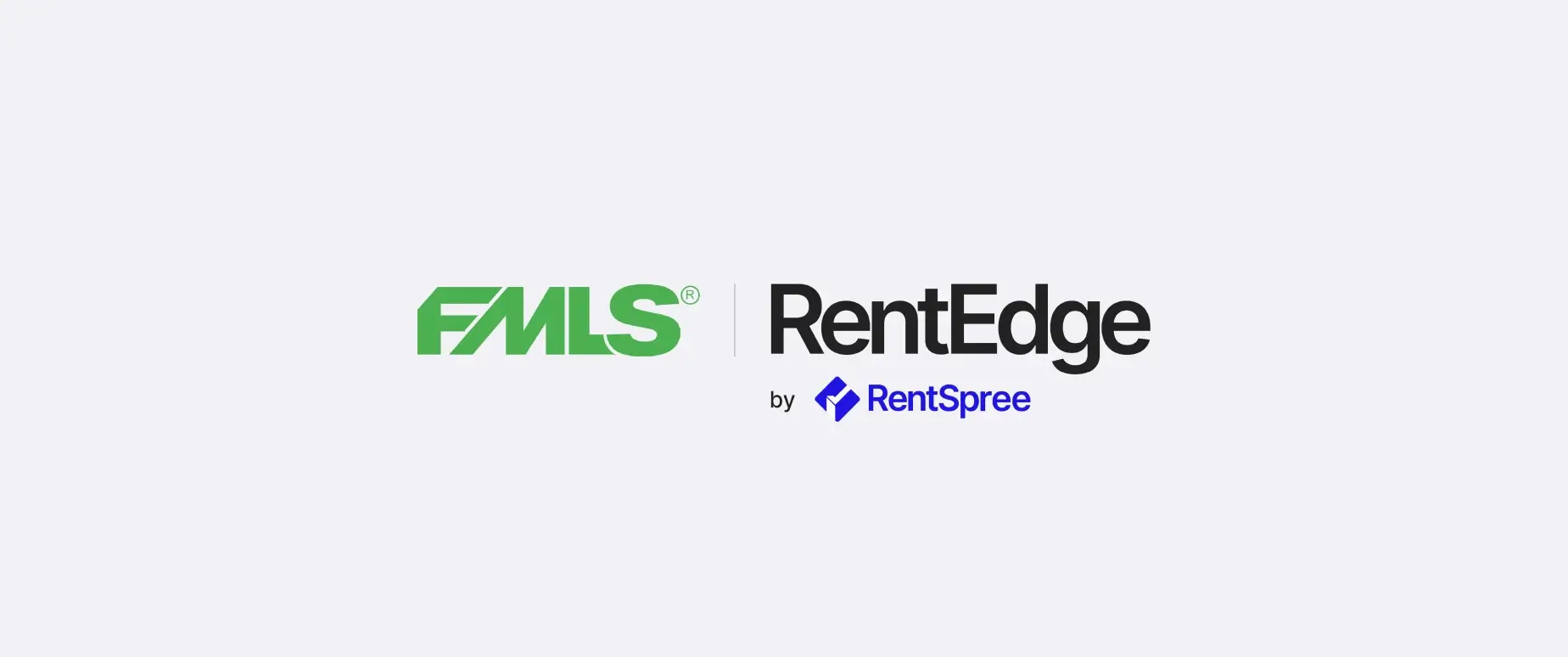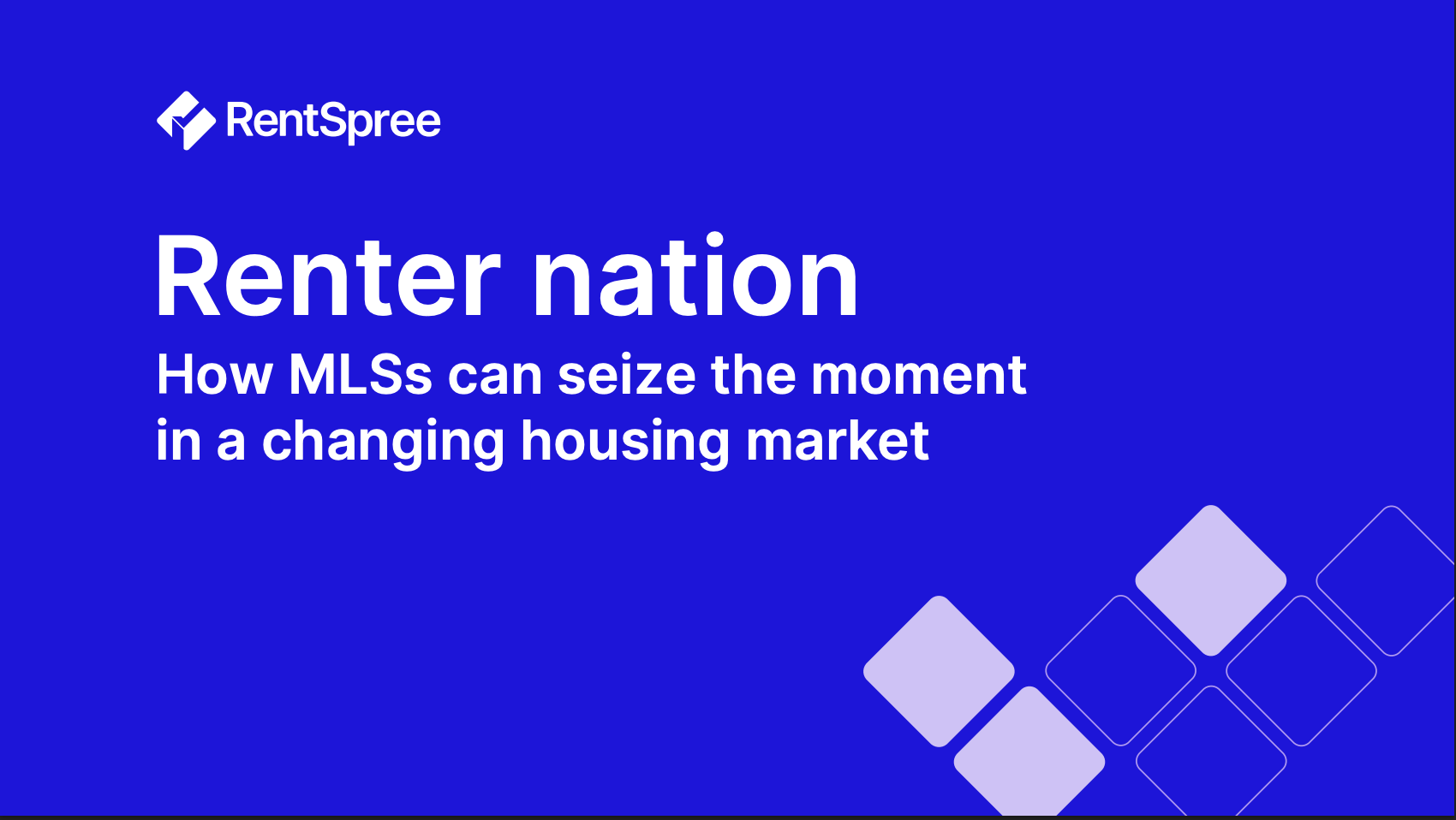Quick, sing your favorite jingle. I’ll bet it didn’t take you long to think of one. Advertisers have made a science of convincing customers to buy their products, and you can use their strategies to market your listings. Tune into the psychology of advertising to better harness the power of effective graphic elements, copywriting, and emotional appeal to market yourself and your client’s home.
It’s no secret that we’re inundated with advertisements from every corner. However, you may be surprised to learn just how many you’re exposed to in a day. According to recent estimates, the numbers may be as high as 10,000! In such a competitive landscape, only the best of the best are going to make an impact on their potential customers. The same is true for online real estate listings in a competitive marketplace. Though buyers certainly won’t see 10K in one day, staring at hundreds of bland listings is enough to give anyone decision paralysis.
In order to make your listings stand out and convert, take inspiration from the best of the best when it comes to the psychology of advertising. We cover best practices for color use, font, emotions, and descriptive language below.
When reading through each of the following sections, it’s essential that you keep in mind the simple fact that you know your customers best. Although we will be providing our recommendations, each of these principles should be tailored to your unique audience and what you know makes them tick.
Thinking vs Feeling

The first thing to understand about the psychology of advertising is that there are two predominant models to work from. The first is called the Consumer Processing Model, which deals with how customers think. The second is called the Hedonic Experiential Model, which deals with how customers feel. You can think of these as paradigms or umbrella terms that inform your overall strategy when it comes to online ads and listings.
Consumer Processing Model, AKA Thinking
The CPM appeals to customers on a rational level. The basic principle is to show potential customers in a straightforward way why your product will benefit them in a practical sense. Marketing efforts following the CPM are short and to-the-point, without much of the emotional fluff that often surrounds ads. The CPM is based on an eight-step process that buyers go through when deciding what to buy. This process is:
- Being exposed to an ad
- Paying attention to the ad
- Understanding what the ad is saying
- Agreeing with what the ad is saying
- Remembering what the ad is saying
- Retrieving information from that memory
- Weighing the alternatives to that brand
- Buying based on a rational decision
This thought process should feel familiar, as this is what most of us go through when picking out everyday items at the store, such as toothpaste or toilet paper.
Hedonic Experiential Model, AKA Feeling
The HEM is what you might call “impulse buying.” Ads in this framework focus on the emotional pull of the product instead of its basic uses. Imagine the various soda and beer commercials that you see every summer, with a group of young, beautiful friends hanging out at the beach with a cooler of drinks. These types of ads imply that by consuming this product, you will also feel fun and cool. These two advertising models are complete opposites, so it’s important to note that most consumers use a combination of the two when making buying decisions.
It’s rarely an either/or situation. Listing Lead: When deciding which tactic to take for your real estate listings, it’s best to use a combination of the two. Emphasizing the value and practical advantage (CPM) of choosing your property should be the focus, but you also want your potential clients to get excited and emotionally invested (HEM) in the property as well.
Psychology of Color in Advertising

Our emotional reactions to color have long been a subject of research in marketing, and most agree that even though the effects are often subtle or subconscious, the colors of ads do affect our perceptions of them. For example, Hubspot ran an A/B test on the conversion rate of different button colors. Turns out, the red button outperformed the green button by 21%. Why? Because different colors signify different meanings in our subconscious. Here’s a breakdown of the emotions tied to each color.
- Red: Excitement, energy, anger, warning
- Orange: Confident, friendly, immature, cheap
- Yellow: Warmth, happiness, anxiety, caution
- Green: Health, nature, growth, boring
- Blue: Trust, security, cold, unfriendly
- Purple: Wealth, imagination, wisdom, moody
- Pink: Passionate, creative, quirky, impulsive
- Black: Sophisticated, powerful, oppressive, scary
- White: Pure, simple, empty, distant
Listing Lead: Again, you know your audience best, so when choosing the color scheme for your online listing, think hard about which emotions you want to invoke in your potential clients. In general, blue and green are strong colors for real estate, because you will be projecting strength, security, trust, and opportunity for growth with the new property.
Psychology of Font in Advertising

Along with color, choosing the right font is the other half of creating the ideal appearance for your listing. Studies have shown that much like with different colors, humans also ascribe emotions to different fonts. For example, Venngage recently did a breakdown of the top shows on Netflix and how they’re represented by the fonts of their display titles. Shows with decorative fonts are quirky and fun, such as Bojack Horseman and Glow, while headlines with a modern typeface are forward-thinking and efficient, such as Narcos and Making a Murderer. Here’s a general breakdown of five font categories, the emotions they signify, and example fonts for each:
- Serif Fonts: Traditional and respectable, such as Times New Roman
- Sans-Serif Fonts: Stable and objective, such as Helvetica
- Script Fonts: Elegant and creative, such as Bickham Script
- Modern Fonts: Strong and progressive, such as Futura
- Display Fonts: Friendly and expressive, such as Valencia
Listing Lead: For your real estate listings, you can’t go wrong with serif fonts. These indicate to your potential buyers that you are reliable, predictable, and comfortable, something that is important to have in a real estate agent. If you do want to switch things up from time to time, sans-serif and modern fonts are a good alternative.
Make Sure the Price Looks Right

When a potential buyer comes across your online listing, price is going to be one of the first things they look for. Here are a few psychological tactics you can use to make your price more appealing.
Simplify with Prestige Pricing
As we mentioned earlier, all of the ads thrown at us every day can lead to decision fatigue. One way to avoid this is to simplify things as much as possible in your listing. This includes rounding percentages (10% instead of 9.97%), removing commas in big numbers (instead of 10,000, try 10K), and implementing prestige pricing. Prestige pricing is the practice of rounding all numbers to help with mental processing and encourage the “rounded price effect.” This is a feeling of “rightness” or instinct that the choice is correct.
Entice with Charm Pricing
If you want to appeal to potential customers on a rational (CPA) vs instinctual (HEM) basis, charm pricing is a proven classic. When you walk into a supermarket or clothing store, why is everything selling for $5.99 or $19.99 instead of $6 or $20? It’s because prices ending with the number 9 trick our brains into believing that we’re getting a better deal than we actually are. This charm pricing phenomenon was well documented in a study from MIT and the University of Chicago.
Emphasize Value Over Price
Investing in a new home is a big decision requiring a lot of money. Even if the property you’re representing is a great price, it’s best to focus on the other benefits to help potential customers understand why this is the best decision for them. Keep the size of the pricing details smaller than the rest of the description so it doesn’t feel like it’s the only thing that matters.
Listing Lead: Utilize prestige pricing in your online listings to simplify the information intake for your clients. You can get into the nitty-gritty of the numbers if there is interest down the line. Make sure to also keep the font size of the price smaller than the rest of the description, perhaps using a 12pt font if the rest of the listing is written using 16pt.
Get Descriptive in the Right Way

When trying to appeal to potential clients on an emotional level, you need to be using the right language. Studies have shown that the most effective ads elicit the following emotions in viewers:
- Happiness
- Sadness
- Surprise or fear
- Anger
With your listings, you will definitely want to focus on the first emotion. Your descriptions should produce feelings of happiness, excitement, and hopefulness in potential buyers which will help them envision themselves living in the property. In their book Zillow Talk, the listing giant offers a summary of the best words to use in an online listing, based on an analysis of 24,000 home sales. These words include:
- Luxurious
- Captivating
- Impeccable
- Beautiful
- Gentle
- Spotless
From the same study, the experts at Zillow also offer a list of the words most likely to turn potential buyers away, as obvious or not, they indicate that something about the property is not up to snuff. These include:
- Investment
- Potential
- Nice
- Bargain
- Opportunity
- Cosmetic
Listing Lead: Paint a picture for potential buyers by using positive, flattering vocabulary while avoiding any red-flag words. Though of course, you must be honest about the state of the property, but focus on eliciting emotions like happiness and excitement to help people envision their lives there.
Online Listing Example
Now that we’ve covered what you need to know about the psychology of advertising, take a look at the sample online listing below to see how it all fits together.

Writing compelling online listings is about understanding the psychology of advertising, and tailoring these principles for your unique audience. And when the requests start rolling in, RentSpree is here to handle your tenant application and screening services. Contact us for a demo to see for yourself how we make this process easier for agents, landlords, and property managers.
Screen and lease with confidence
Find qualified tenants faster than ever with results you can trust.


Related posts
Want to make rentals easier to manage?
Save time on marketing, screening, and payments. Join over 2 million agents, landlords, and renters using RentSpree.





.jpg)

